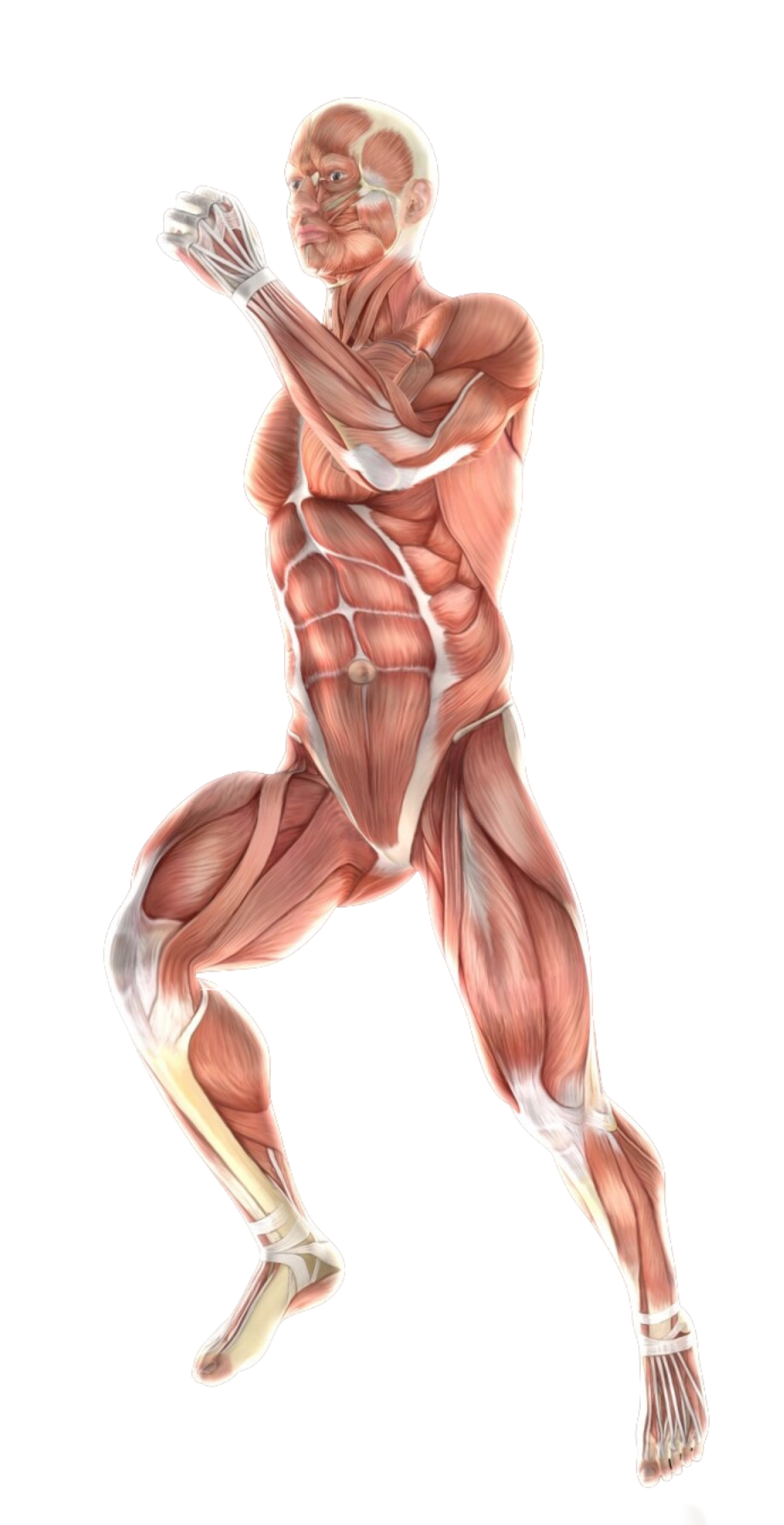- #11-13 Mount Elizabeth Medical Centre (Orchard)
- Mon Fri 9am — 6pm | Sat 9am — 12.30 pm
ECU tendinopathy refers to an overuse injury affecting the extensor carpi ulnaris (ECU) tendon. This tendon originates in the forearm and inserts at the base of your pinky finger, which plays an important role in extending your wrist and moving your hand to the pinky side (ulnar deviation). When the ECU tendon becomes overloaded by repetitive strain or microtrauma, it can develop inflammation, degeneration, or tears, leading to ECU tendinopathy.
The most common symptoms of ECU tendinopathy include:
Several factors can contribute to ECU tendinopathy:
Certain factors can increase your risk of developing ECU tendinopathy:
The diagnosis of ECU tendinopathy usually includes:
Imaging tests are not always necessary for diagnosis but can sometimes be helpful in ruling out other conditions:
Treatment for ECU tendinopathy focuses on reducing pain, inflammation, and promoting healing of the affected tendon. Here’s an overview of common treatment options:
Surgery for ECU tendinopathy is rarely necessary and is usually only considered if conservative treatment fails to provide significant improvement after a long period of time (usually several months). The most common surgical procedure is:

Spine - Neck
Shoulder & Elbow
Spine — Back
Wrist & Hand
Knee Pain
Ankle Pain
Foot Pain
Book a consultation with us for a more comprehensive diagnosis and a personalised treatment plan best suited to your needs.

Spine - Neck
Shoulder & Elbow
Spine — Back
Wrist & Hand
Knee
Ankle
Foot